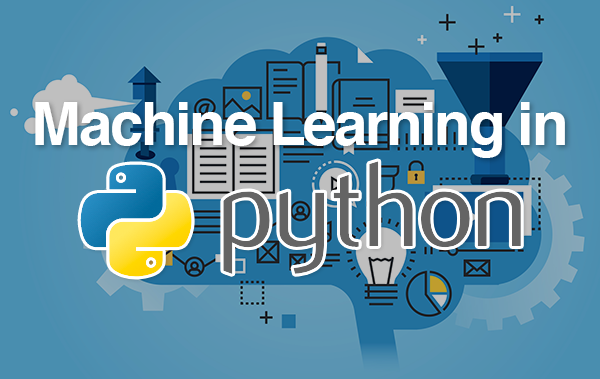
Pandas is a powerful library in Python that allows you to work with data in a variety of formats, including CSV, Excel, and JSON. One of the most common ways to load data into Pandas is by using a URL. In this essay, we will go over the steps needed to load data from a URL using Pandas in Python.
The first step is to install Pandas on your computer. You can do this by running the command “pip install pandas” in your terminal or command prompt. Once Pandas is installed, you can import it into your Python script by using the following command: “import pandas as pd”.
The next step is to find a URL that contains the data you want to load. This can be a CSV file, an Excel file, or a JSON file. Once you have found a URL, you will need to copy it and paste it into your Python script.
Once you have the URL, you can use Pandas to load the data from it. The first thing you will need to do is to create a variable that will hold the data from the URL. You can do this by using the “pd.read_csv()” function for CSV files, “pd.read_excel()” function for Excel files, or “pd.read_json()” function for JSON files.
For example, if you are loading a CSV file from a URL, you would use the following command: “data = pd.read_csv(url)”. This command will load the data from the URL into the “data” variable.
Once the data is loaded, you can start working with it in Pandas. You can view the data by using the “print(data)” command, or you can manipulate it using various Pandas functions. For example, you can use the “data.head()” command to view the first five rows of the data, or you can use the “data.describe()” command to get statistics about the data.
In conclusion, loading data from a URL using Pandas in Python is a relatively simple process. You will need to install Pandas, find a URL that contains the data you want to load, and use the appropriate Pandas function to load the data into a variable. Once the data is loaded, you can start working with it in Pandas and manipulate it as needed. With the help of Pandas, you can easily import data from a variety of sources, making it easier to analyze and work with.
In this Applied Machine Learning & Data Science Recipe (Jupyter Notebook), the reader will find the practical use of applied machine learning and data science in Python programming: How to load data from URL using Pandas.
What should I learn from this recipe?
You will learn:
- How to load data from URL using Pandas.
How to load data from URL using Pandas:
Disclaimer: The information and code presented within this recipe/tutorial is only for educational and coaching purposes for beginners and developers. Anyone can practice and apply the recipe/tutorial presented here, but the reader is taking full responsibility for his/her actions. The author (content curator) of this recipe (code / program) has made every effort to ensure the accuracy of the information was correct at time of publication. The author (content curator) does not assume and hereby disclaims any liability to any party for any loss, damage, or disruption caused by errors or omissions, whether such errors or omissions result from accident, negligence, or any other cause. The information presented here could also be found in public knowledge domains.
Learn by Coding: v-Tutorials on Applied Machine Learning and Data Science for Beginners
Latest end-to-end Learn by Coding Projects (Jupyter Notebooks) in Python and R:
Applied Statistics with R for Beginners and Business Professionals
Data Science and Machine Learning Projects in Python: Tabular Data Analytics
Data Science and Machine Learning Projects in R: Tabular Data Analytics
Python Machine Learning & Data Science Recipes: Learn by Coding